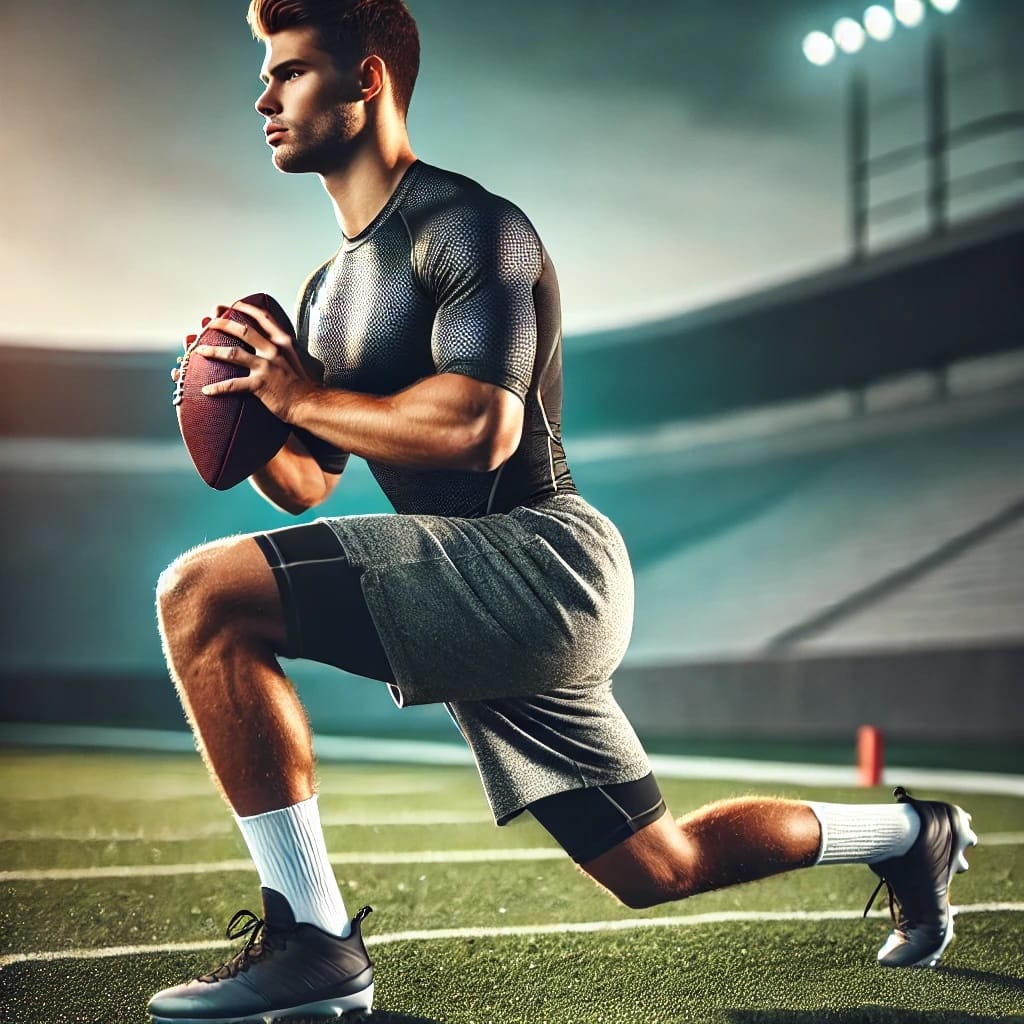The ABCs of Adolescent Training: 6 Main Movement Patterns for Better Athleticism

Every youth/teen athlete should simplify their training by mastering six base movement patterns. Increasing load, intensity or volume over time within these lifting domains can help develop a strong foundation to layer more advanced lifting and skill development on later in life. These are the basic moves that help athletes perform better, stay healthy, and build a strong base for more advanced sports skills. Think of them as the ABCs of movement, and they are crucial for success in any sport.
The Six Key Movements
- Squat: Patterning a bend of the hips and knees while also stressing ankle mobility. The position of the weight, barbell vs. dumbbell vs. kettlebell can influence the stressor and pattern. Improvement in quad strength, glute strength are the primary adaptations.
- Lunge: A lunge is a single-leg movement where one leg steps forward or backward, bending at both knees. It develops lower body strength, balance, and coordination, which are essential for activities like running, jumping, and quickly changing direction.
- Push: Upper body pushing motions when extending weight away from the body. Focuses strengthening chest, triceps and deltoids.
- Pull: The opposite of a push, this pattern involves pulling an object or oneself towards the body. It strengthens the back, biceps, and forearms.
- Hinge: This movement involves bending at the hips while keeping the back straight. It strengthens the posterior chain, including the glutes and hamstrings, essential for jumping, sprinting, and generating overall athletic power.
- Brace: Bracing is the foundation for stabilizing the spine and helping transmit forces and power from lower extremity to upper extremity and vice versa. Being able to maintain core stability is crucial in the expression of all athletic skills and shows of power.
These six movement patterns are the basis for stability, mobility, motor control, strength, power and speed. They are the first areas to master for any teen athlete, before worrying about advanced training techniques or skill development. These six are not just about getting better at your sport; they're about building a strong, healthy body for life. Coaches and parents should make sure these movements are a key part of every young athlete's training.
Works cited
What are Fundamental Movement Skills and why do they matter for OTs and PTs?, accessed January 5, 2025, https://www.pearsonassessments.com/professional-assessments/blog-webinars/blog/2024/05/what-are-fundamental-movement-skills-and-why-do-they-matter.html
Fundamental Movement Skills and Health-Related Outcomes: A Narrative Review of Longitudinal and Intervention Studies Targeting Typically Developing Children, accessed January 5, 2025, https://pmc.ncbi.nlm.nih.gov/articles/PMC6124990/
